Home>Gardening & Outdoor>Landscaping Ideas>How To Tell If Grubs Are Killing Grass
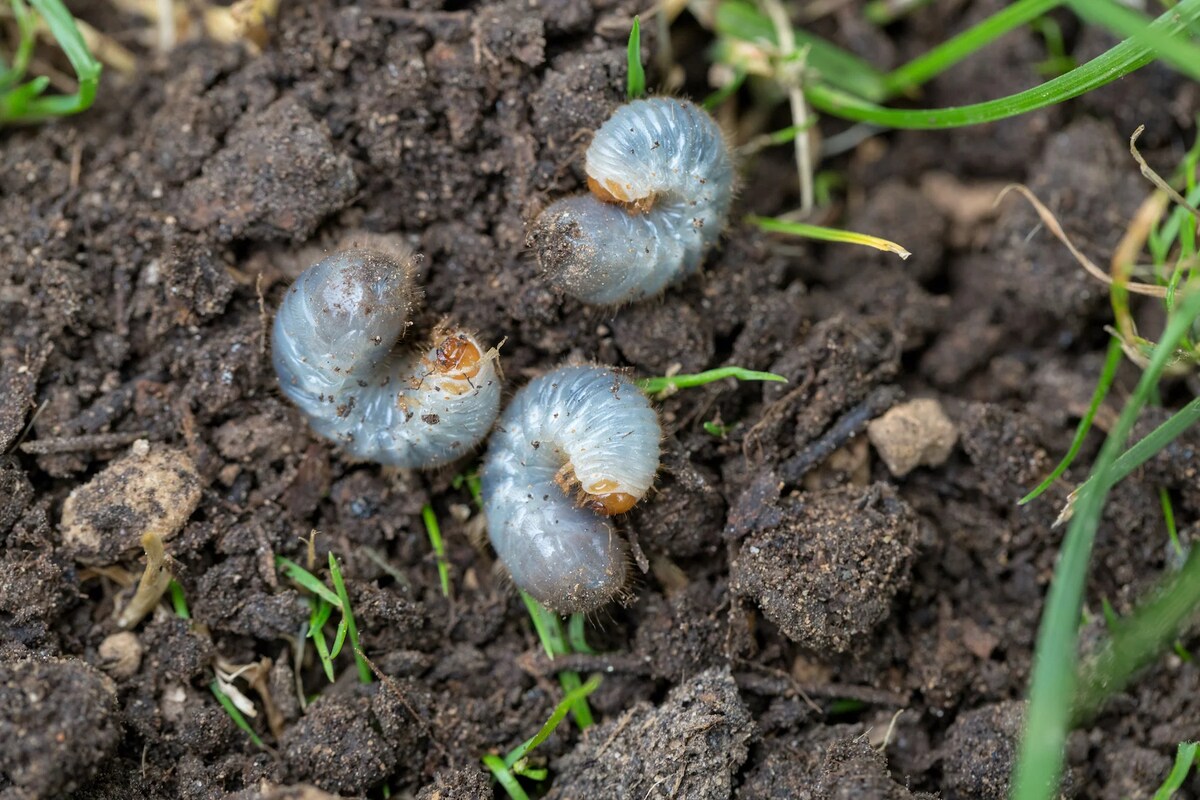

Landscaping Ideas
How To Tell If Grubs Are Killing Grass
Modified: February 18, 2024
Learn how to identify if grubs are causing damage to your lawn and discover effective landscaping ideas to prevent and treat grub infestations. Protect your grass with our expert tips!
(Many of the links in this article redirect to a specific reviewed product. Your purchase of these products through affiliate links helps to generate commission for Storables.com, at no extra cost. Learn more)
Introduction
Welcome to the world of landscaping, where the beauty of a lush, green lawn can transform any outdoor space into a serene oasis. However, maintaining a healthy lawn requires vigilance and care, as various pests and issues can threaten its well-being. One such threat comes from grubs, the voracious larvae of certain beetles that can wreak havoc on grass roots, causing unsightly brown patches and weakened turf.
In this comprehensive guide, we will delve into the world of grubs and explore how to identify their presence, assess the damage they cause, and implement effective solutions to protect your lawn. By understanding the signs of grub infestations and the best practices for treatment and prevention, you can safeguard your lawn and preserve its vibrancy.
So, let’s embark on this enlightening journey to uncover the secrets of combating grubs and nurturing a thriving, resilient lawn that will be the envy of the neighborhood.
Key Takeaways:
- Grubs, the larvae of certain beetles, can damage lawns by feeding on grassroots, causing wilting, discoloration, and spongy turf. Look for signs like increased pest activity and visible grubs to promptly address infestations.
- To prevent grub damage, maintain optimal lawn health, monitor soil moisture, and consider preventive products. Proactive prevention and attentive care are essential for nurturing a resilient, verdant lawn.
Read more: How To Kill Grubs In Grass
What Are Grubs?
Grubs are the larval stage of various beetles, including Japanese beetles, June bugs, and European chafers, among others. These C-shaped, cream-colored larvae reside in the soil, where they feed voraciously on grassroots, thatch, and organic matter. As they mature, grubs can cause extensive damage to lawns, disrupting the grass’s ability to absorb water and nutrients, ultimately leading to wilting, browning, and die-off.
One of the most common and destructive grub species is the white grub, which is the larval form of the Japanese beetle. These plump, white grubs have distinct brown heads and three pairs of legs near their head. They typically dwell just below the soil’s surface, making them adept at evading detection until their destructive impact becomes evident.
Grubs thrive in moist, organic-rich soil, making lawns and gardens an ideal habitat for their development. They are most active during the spring and fall, feeding on grassroots and causing significant harm to the turf. Left unchecked, a grub infestation can result in widespread lawn damage, creating an inviting environment for opportunistic pests and diminishing the visual appeal of your outdoor space.
Understanding the life cycle and behavior of grubs is essential for effectively managing their presence and mitigating the damage they can inflict on your lawn. By familiarizing yourself with the characteristics and habits of grubs, you can take proactive measures to protect your turf and maintain a vibrant, resilient lawn.
Signs of Grub Damage
Identifying the telltale signs of grub damage is crucial for promptly addressing infestations and minimizing the impact on your lawn. By recognizing these indicators, you can take proactive measures to mitigate the damage and restore the health of your turf. Here are the key signs to watch for:
- Wilting and Discoloration: One of the initial signs of grub damage is the appearance of wilting, yellowing, or browning patches in your lawn. As grubs consume grassroots, the affected areas struggle to absorb water and nutrients, leading to visible discoloration and weakened turf.
- Loose, Spongy Turf: When walking across your lawn, you may notice that the affected areas feel spongy or unusually soft underfoot. This is a result of the compromised root system caused by grub feeding, which undermines the turf’s stability and resilience.
- Increased Pest Activity: Grub-infested lawns often attract opportunistic pests such as raccoons, skunks, and birds that feed on the grubs. If you observe unusual pest activity, particularly in the affected areas, it may indicate a grub infestation.
- Visible Grubs: Occasionally, you may unearth grubs while inspecting the soil beneath the damaged areas. These C-shaped larvae are typically creamy-white with distinct brown heads, and their presence confirms a grub infestation requiring immediate attention.
- Thinning and Die-Off: As grub damage progresses, the affected areas may exhibit thinning turf and eventual die-off, creating unsightly patches that detract from the overall aesthetic appeal of your lawn.
By remaining vigilant and monitoring your lawn for these signs, you can promptly address grub infestations and implement targeted solutions to restore the health and vitality of your turf. Understanding the visual cues of grub damage empowers you to take proactive steps in preserving the beauty and resilience of your lawn.
Inspecting Your Lawn
Conducting a thorough inspection of your lawn is a pivotal step in identifying and addressing potential grub infestations. By carefully assessing the turf and soil, you can gain valuable insights into the presence of grubs and the extent of their impact on your lawn. Here’s a systematic approach to inspecting your lawn for signs of grub activity:
- Visual Assessment: Begin by visually surveying your lawn for any areas exhibiting wilting, discoloration, or thinning turf. Note the specific locations and patterns of damage, as these can provide valuable clues about the underlying issue.
- Turf Tug Test: Select a few suspect areas and perform a turf tug test by gently grasping a patch of grass and attempting to lift it. If the turf easily pulls up like a loose carpet, it may indicate root damage caused by grubs feeding beneath the surface.
- Soil Inspection: Carefully excavate a small section of the affected turf to examine the soil and root zone. Look for the presence of grubs, which may be nestled just below the soil surface, and assess the condition of the grassroots for signs of feeding damage.
- Nighttime Observation: Consider observing your lawn at night, particularly in areas where damage is evident. Grubs are most active during the evening and nighttime hours, and you may spot signs of their presence, such as skunk or raccoon activity, which can indicate a grub infestation.
- Professional Consultation: If you’re uncertain about the presence of grubs or the extent of damage, consider seeking the expertise of a lawn care professional. They can conduct a comprehensive assessment of your lawn and provide informed recommendations for effective treatment and management.
By methodically inspecting your lawn using these techniques, you can gain valuable insights into the presence of grubs and the impact of their feeding activity on your turf. This proactive approach empowers you to make informed decisions regarding treatment and restoration, ensuring the long-term health and vitality of your lawn.
One way to tell if grubs are killing your grass is to look for brown patches of grass that can be easily lifted up like a piece of carpet. If you see this, it’s likely that grubs are feeding on the roots of the grass.
Treatment Options
When confronted with a grub infestation, it’s essential to explore effective treatment options to mitigate the damage and restore the health of your lawn. Several approaches can be employed to address grub infestations and safeguard your turf from further harm. Here are some key treatment options to consider:
- Biological Control: Introducing beneficial nematodes, such as Heterorhabditis bacteriophora or Steinernema glaseri, into the soil can effectively target and control grub populations. These microscopic organisms parasitize grubs, ultimately leading to their demise while minimizing environmental impact.
- Chemical Treatments: In cases of severe grub infestations, applying targeted insecticides can provide rapid and reliable control. Selective products containing active ingredients like imidacloprid or trichlorfon can effectively combat grubs while minimizing harm to beneficial insects and the surrounding ecosystem.
- Cultural Practices: Implementing cultural practices such as proper irrigation, mowing, and thatch management can contribute to a resilient lawn that is less susceptible to grub damage. Maintaining healthy turf through optimal cultural practices can fortify the grass against grub infestations and promote overall vitality.
- Professional Services: Engaging the services of a reputable lawn care provider can offer tailored solutions for grub control and long-term lawn health. Trained professionals can assess the severity of the infestation and recommend a customized treatment plan to effectively address the issue.
- Preventive Measures: To prevent future grub infestations, consider applying preventative products containing active ingredients like imidacloprid or chlorantraniliprole during the late spring or early summer. These products create a protective barrier in the soil, deterring egg-laying beetles and inhibiting grub development.
By considering these treatment options and evaluating the specific needs of your lawn, you can take proactive steps to combat grub infestations and protect the health and beauty of your turf. Whether opting for biological control, targeted insecticides, cultural practices, professional services, or preventive measures, a tailored approach to grub management can yield lasting benefits for your lawn.
Read more: How To Tell If Bugs Are Killing Your Grass
Preventing Grub Infestations
Implementing proactive measures to prevent grub infestations is essential for preserving the health and beauty of your lawn. By adopting preventive strategies and best practices, you can fortify your turf against potential grub damage and create an inhospitable environment for these destructive pests. Here are key steps to consider for preventing grub infestations:
- Maintain Optimal Lawn Health: A well-maintained lawn with proper irrigation, regular mowing, and adequate fertilization can promote strong, resilient turf that is less susceptible to grub damage. Healthy grass is better equipped to withstand feeding pressure from grubs and recover from potential damage.
- Overseed and Aerate: Periodically overseeding your lawn and aerating the soil can enhance turf density and root development, reducing the impact of grub feeding and promoting a robust, vigorous lawn that is less attractive to pests.
- Monitor Soil Moisture: Avoid overwatering your lawn, as excessively moist soil can create an ideal habitat for grubs. Proper moisture management, including deep, infrequent watering, can discourage grub activity and promote a healthier root environment.
- Manage Thatch Accumulation: Regular dethatching can minimize the buildup of organic debris, creating a less favorable environment for egg-laying beetles and reducing the potential for grub infestations.
- Consider Beneficial Nematodes: Proactively introducing beneficial nematodes, such as Heterorhabditis bacteriophora, into the soil can serve as a preventive measure, targeting early-stage grubs and curtailing their development before significant damage occurs.
- Apply Preventive Products: Utilize preventive insecticides containing active ingredients like imidacloprid or chlorantraniliprole during the late spring or early summer to create a protective barrier in the soil, deterring egg-laying beetles and inhibiting grub development.
By integrating these preventive measures into your lawn care regimen, you can create an environment that is less conducive to grub infestations and promote the long-term health and resilience of your turf. Proactive prevention is key to preserving the beauty of your lawn and minimizing the potential for grub-related damage.
Conclusion
Cultivating a vibrant, healthy lawn is a gratifying pursuit that brings joy and tranquility to outdoor spaces. However, the threat of grub infestations can undermine the beauty and vitality of your turf, necessitating vigilant care and proactive management. By familiarizing yourself with the signs of grub damage, conducting thorough inspections, and exploring effective treatment and prevention strategies, you can safeguard your lawn from the destructive impact of these voracious pests.
Understanding the life cycle and behavior of grubs empowers you to identify and address infestations before they escalate, preserving the resilience and aesthetic appeal of your turf. Whether implementing biological control, targeted insecticides, cultural practices, professional services, or preventive measures, a tailored approach to grub management can yield enduring benefits for your lawn.
By maintaining optimal lawn health, monitoring soil moisture, and considering preventive products, you can create an environment that is less hospitable to grubs, reducing the risk of infestations and promoting the long-term vitality of your turf. Proactive prevention and attentive care are essential elements in nurturing a lawn that flourishes and thrives, providing a picturesque backdrop for leisure and relaxation.
As you embark on this journey of lawn care and stewardship, may your efforts be rewarded with a resilient, verdant expanse that invites admiration and tranquility. By incorporating the insights and strategies outlined in this guide, you can fortify your lawn against the perils of grub infestations and revel in the enduring beauty of a thriving, resilient turf.
Frequently Asked Questions about How To Tell If Grubs Are Killing Grass
Was this page helpful?
At Storables.com, we guarantee accurate and reliable information. Our content, validated by Expert Board Contributors, is crafted following stringent Editorial Policies. We're committed to providing you with well-researched, expert-backed insights for all your informational needs.
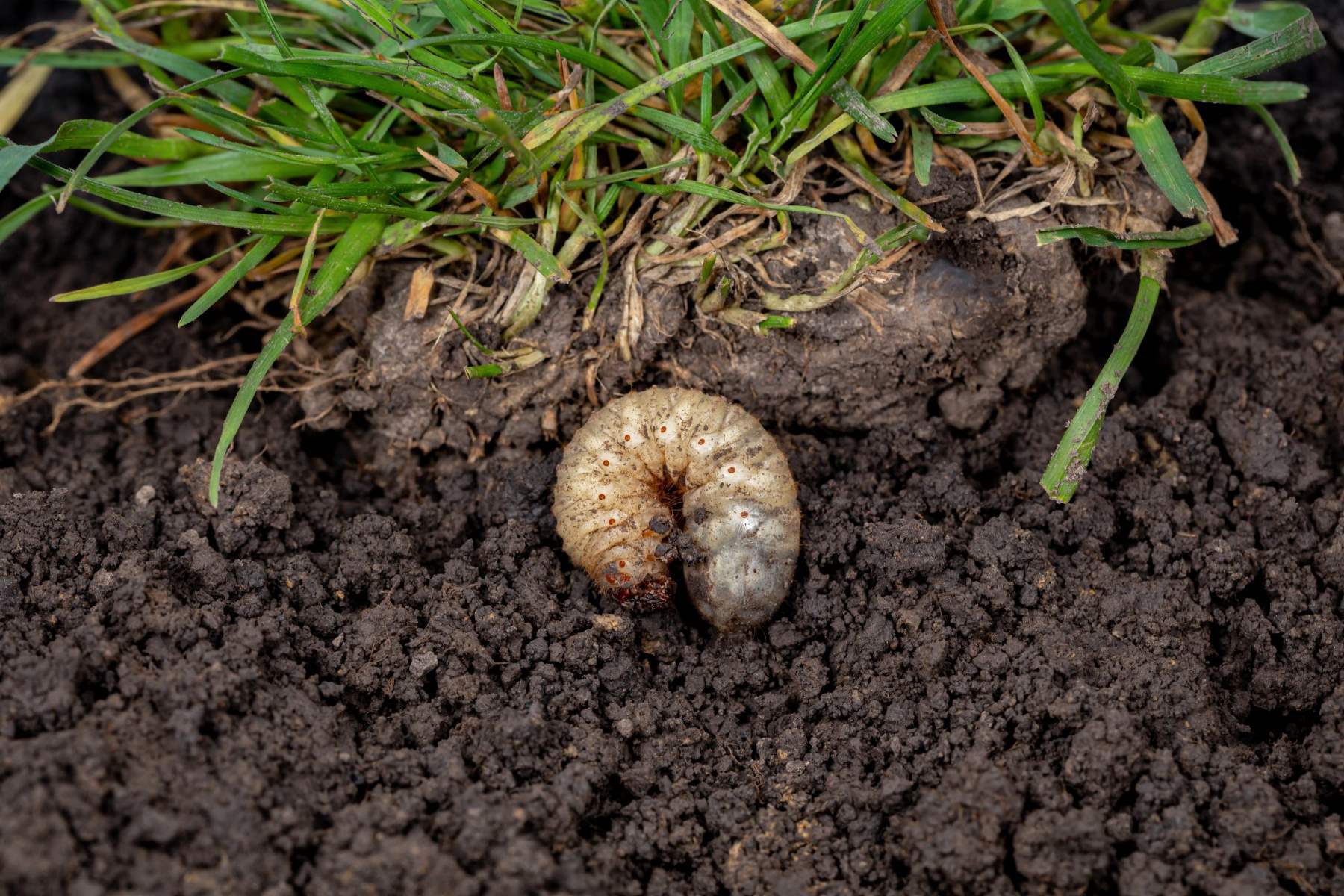
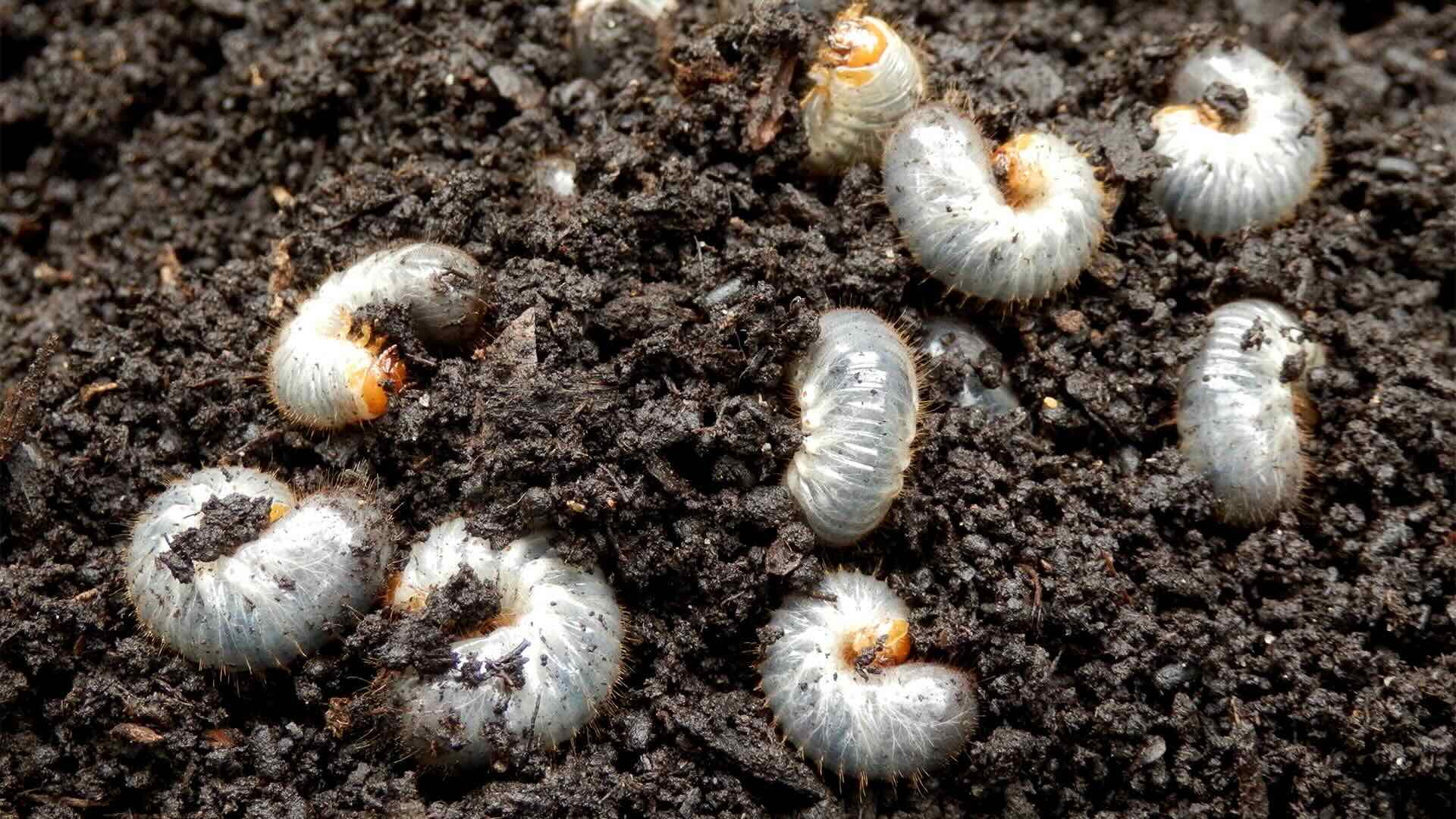
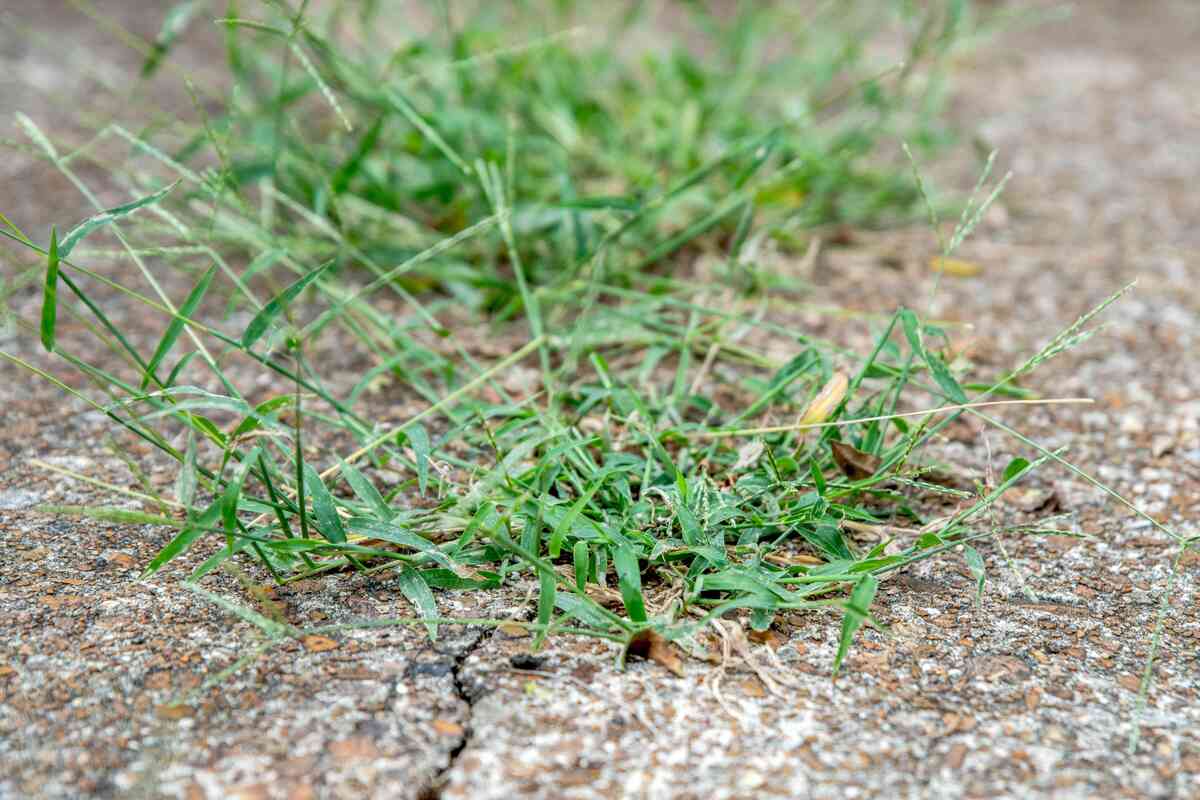
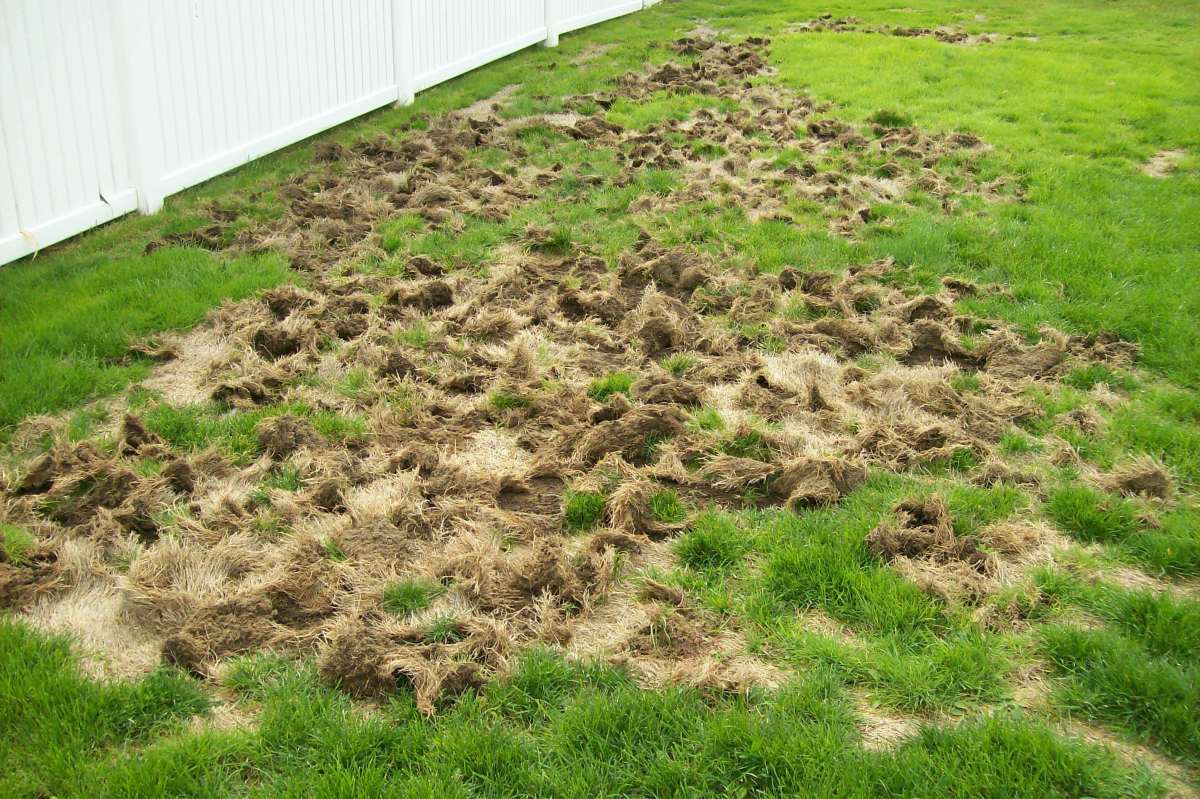
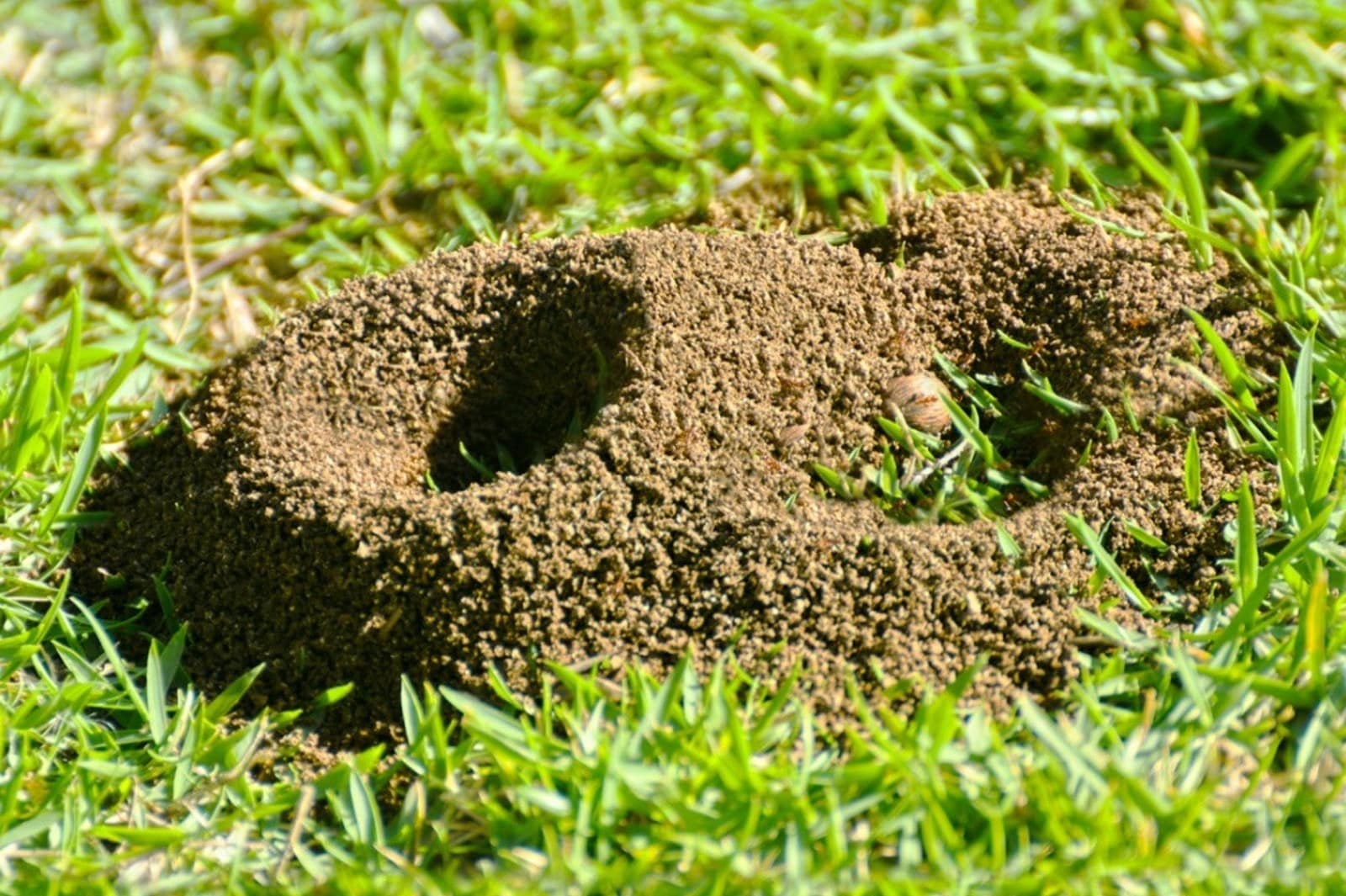
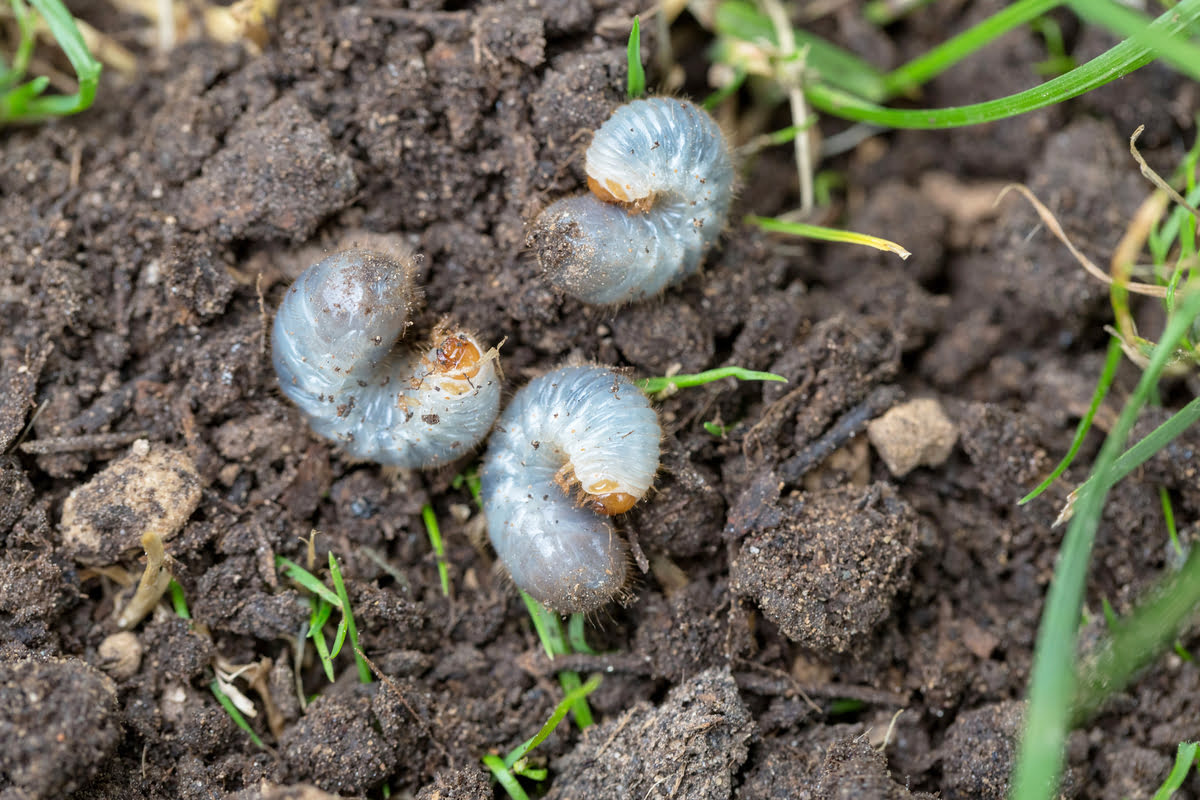
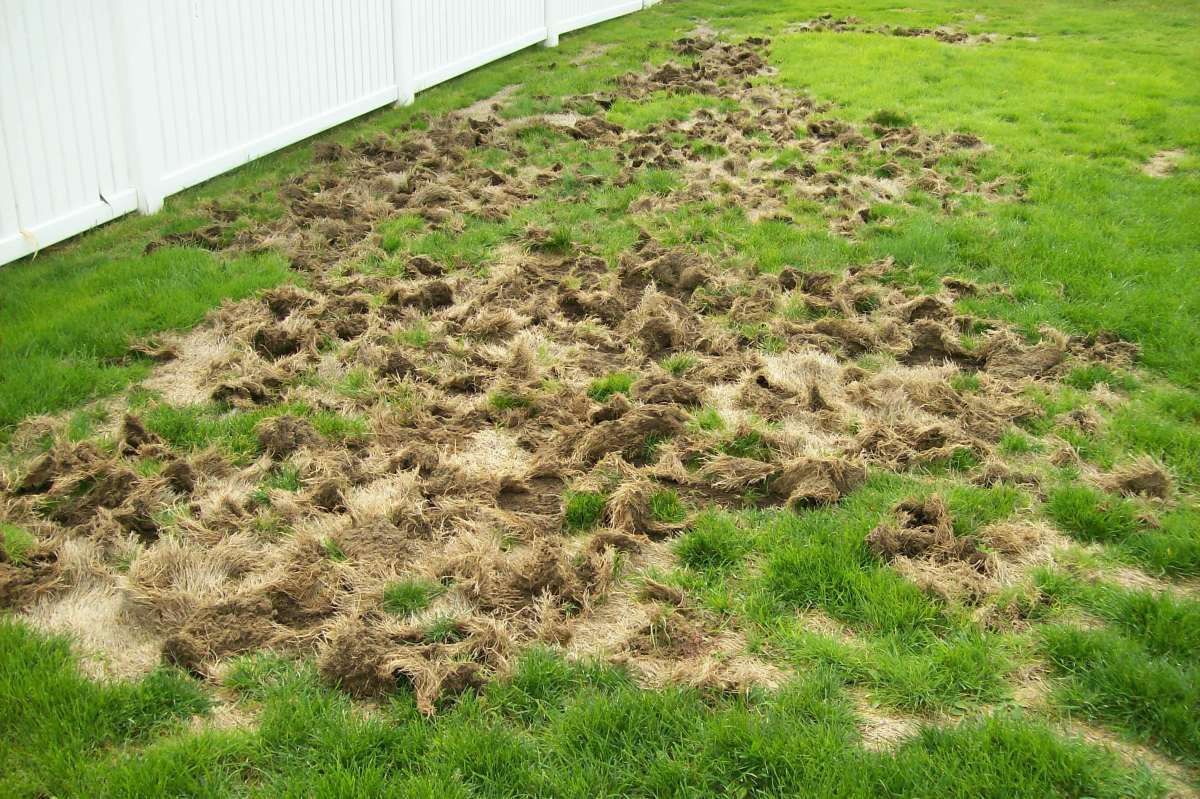
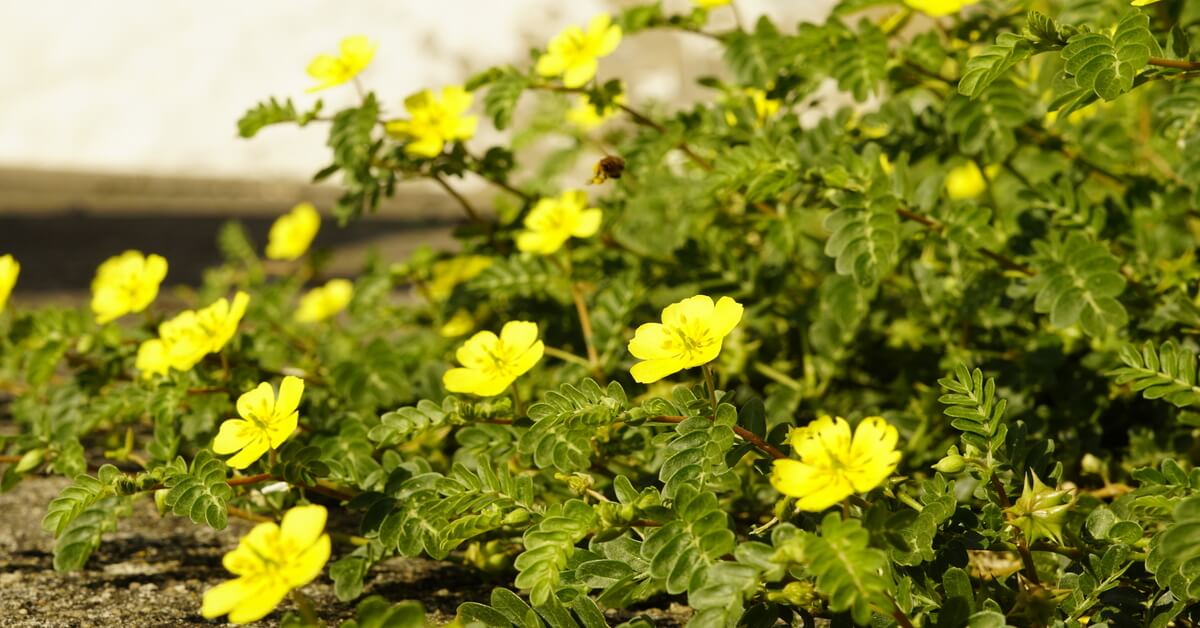
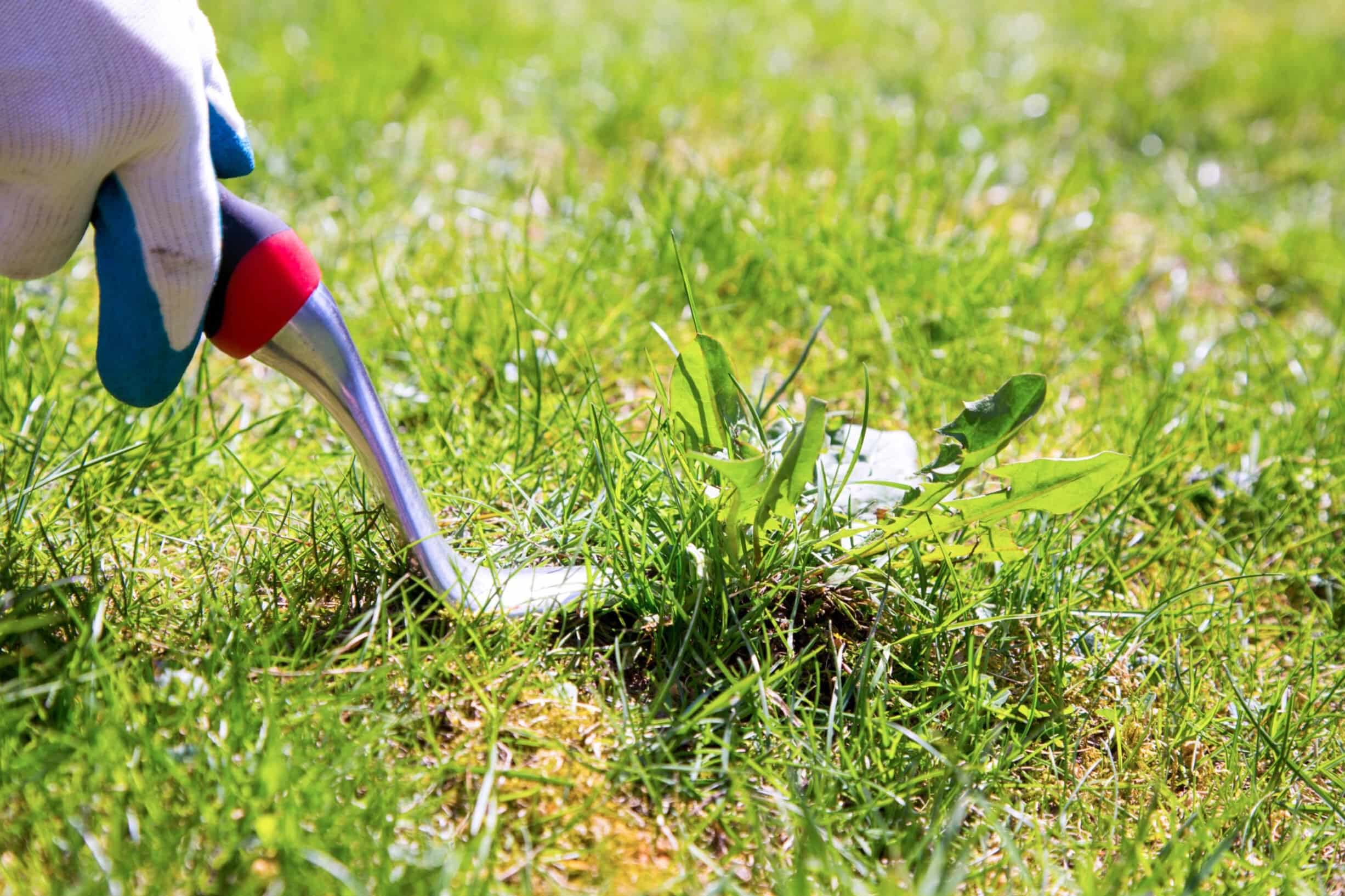
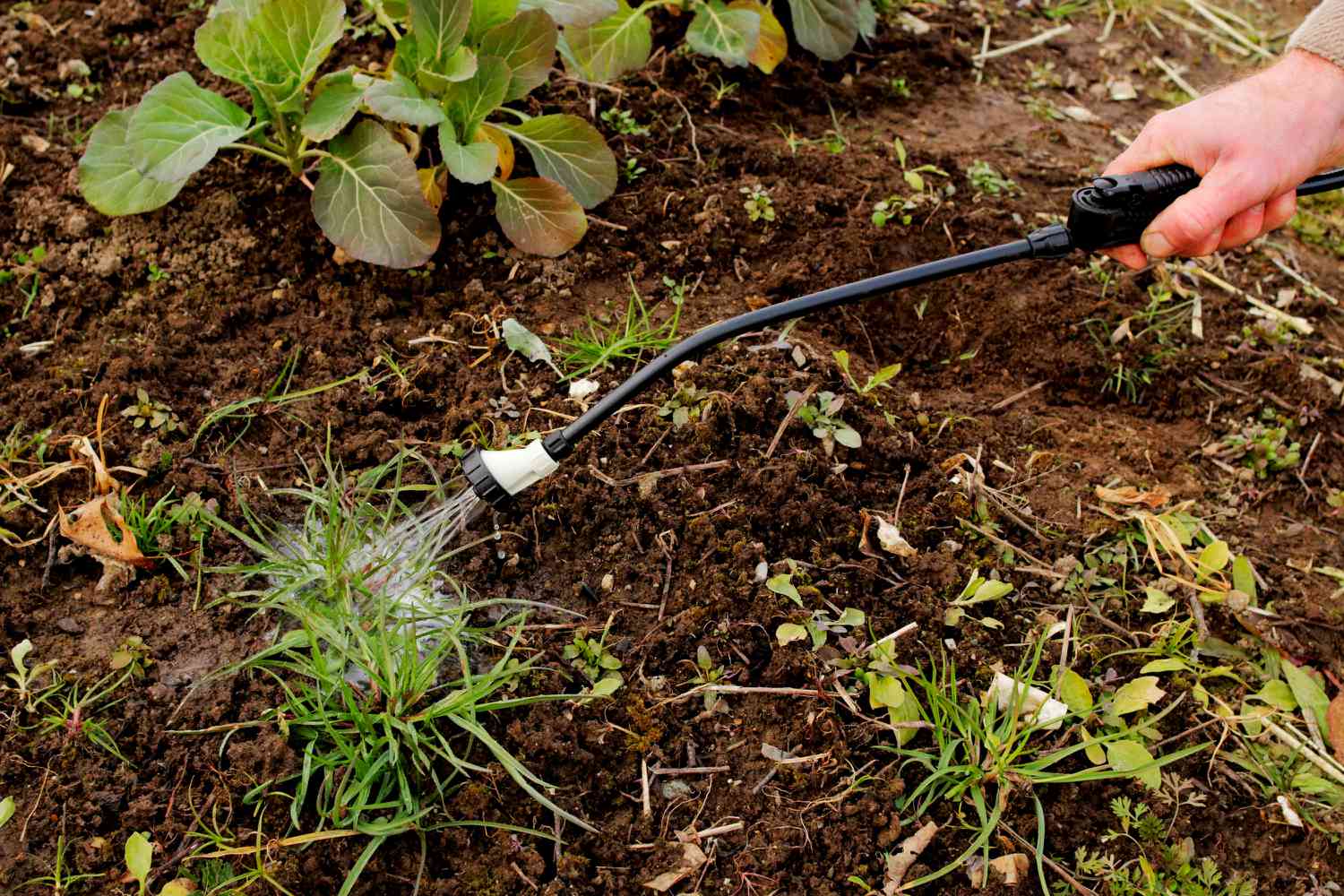
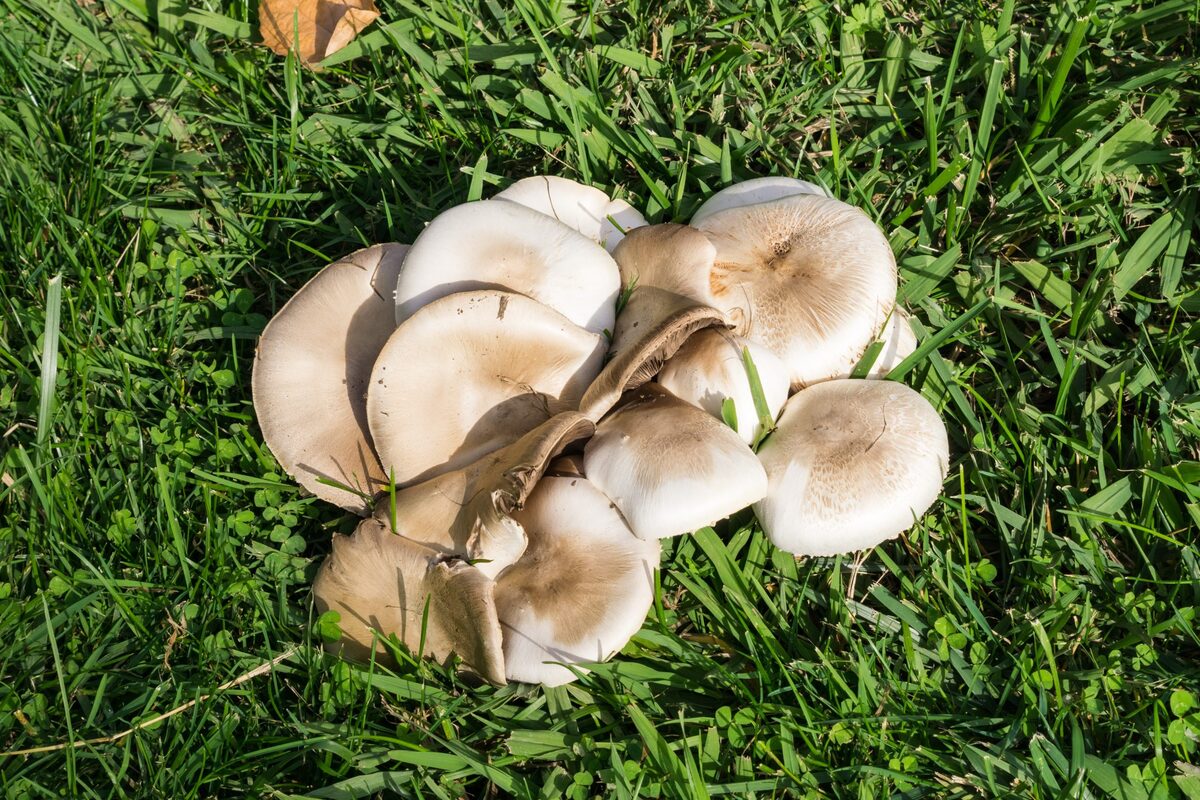
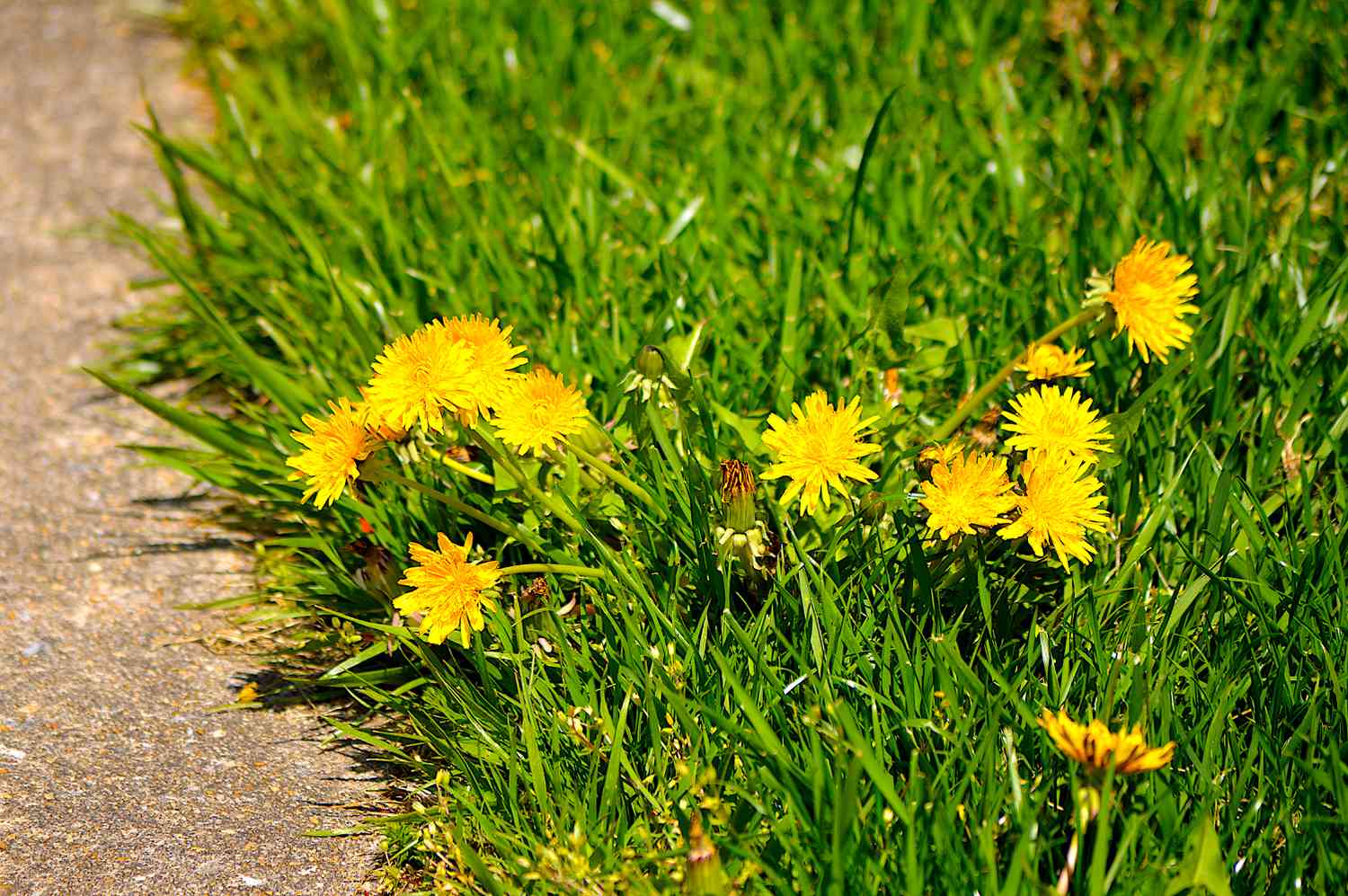
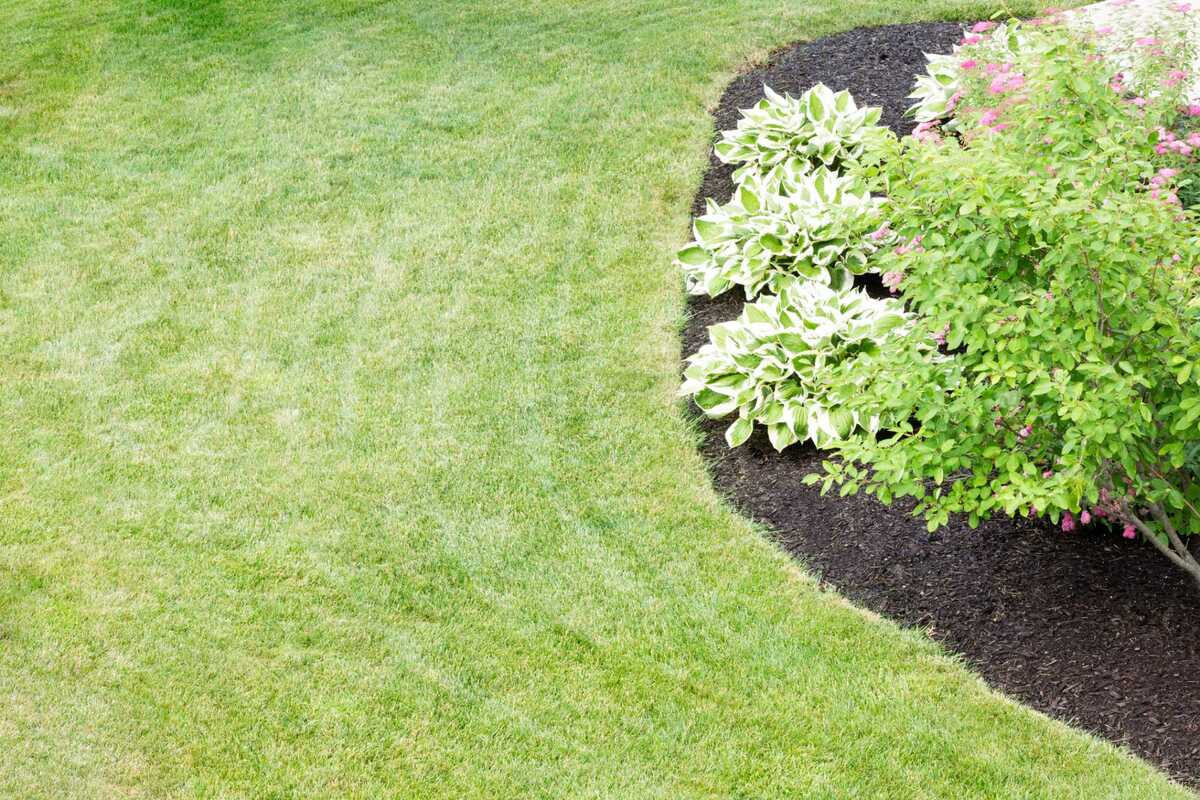
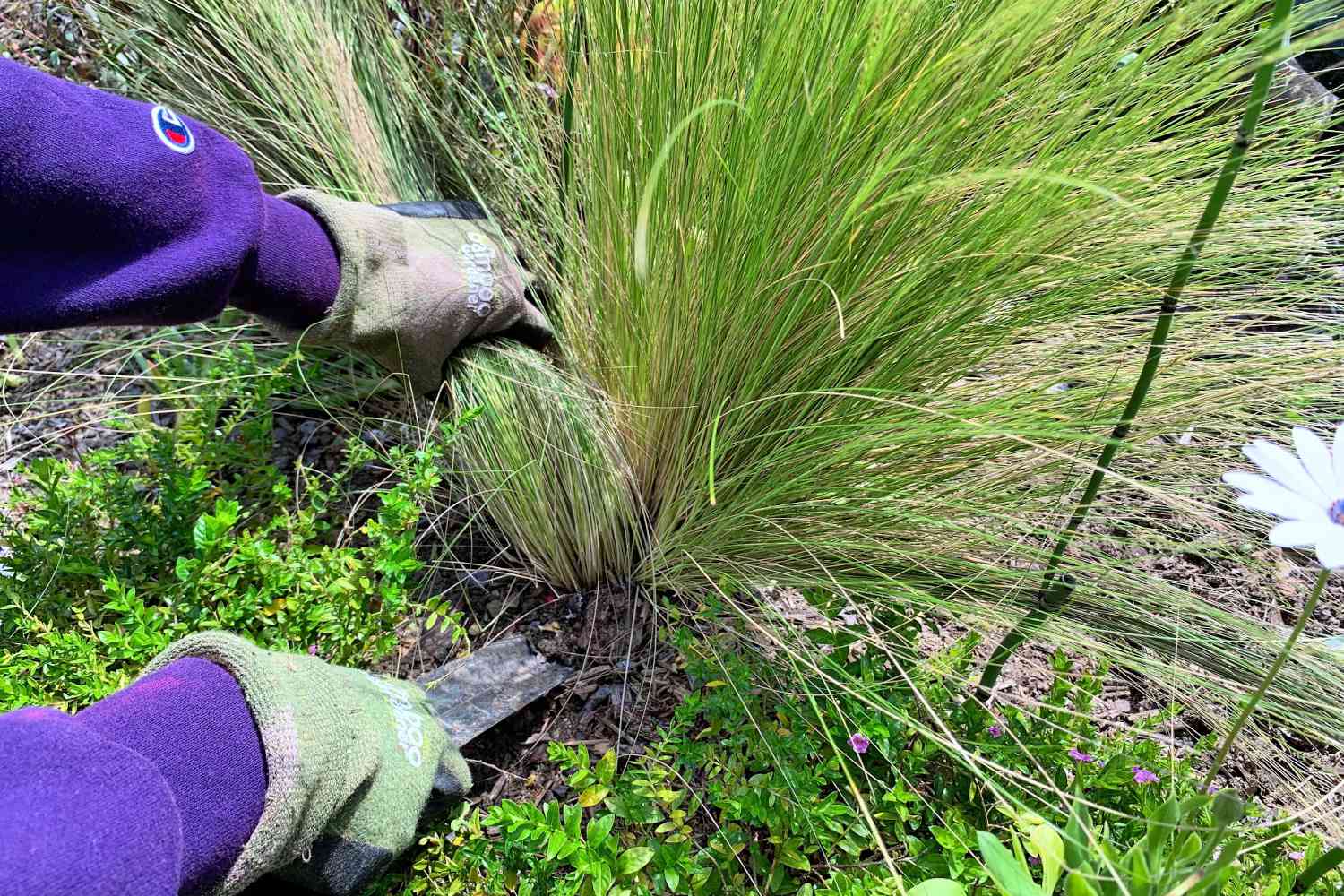

0 thoughts on “How To Tell If Grubs Are Killing Grass”